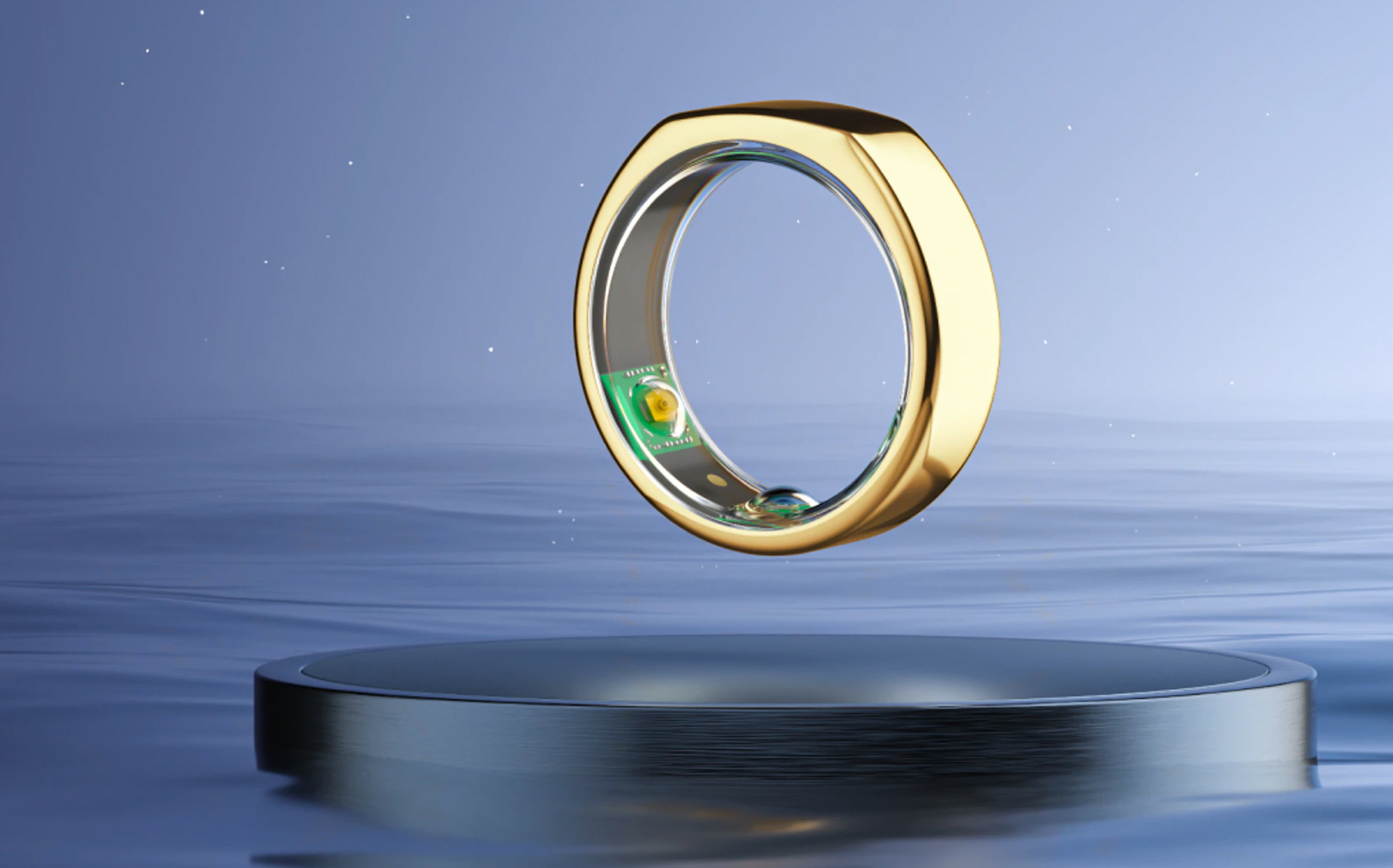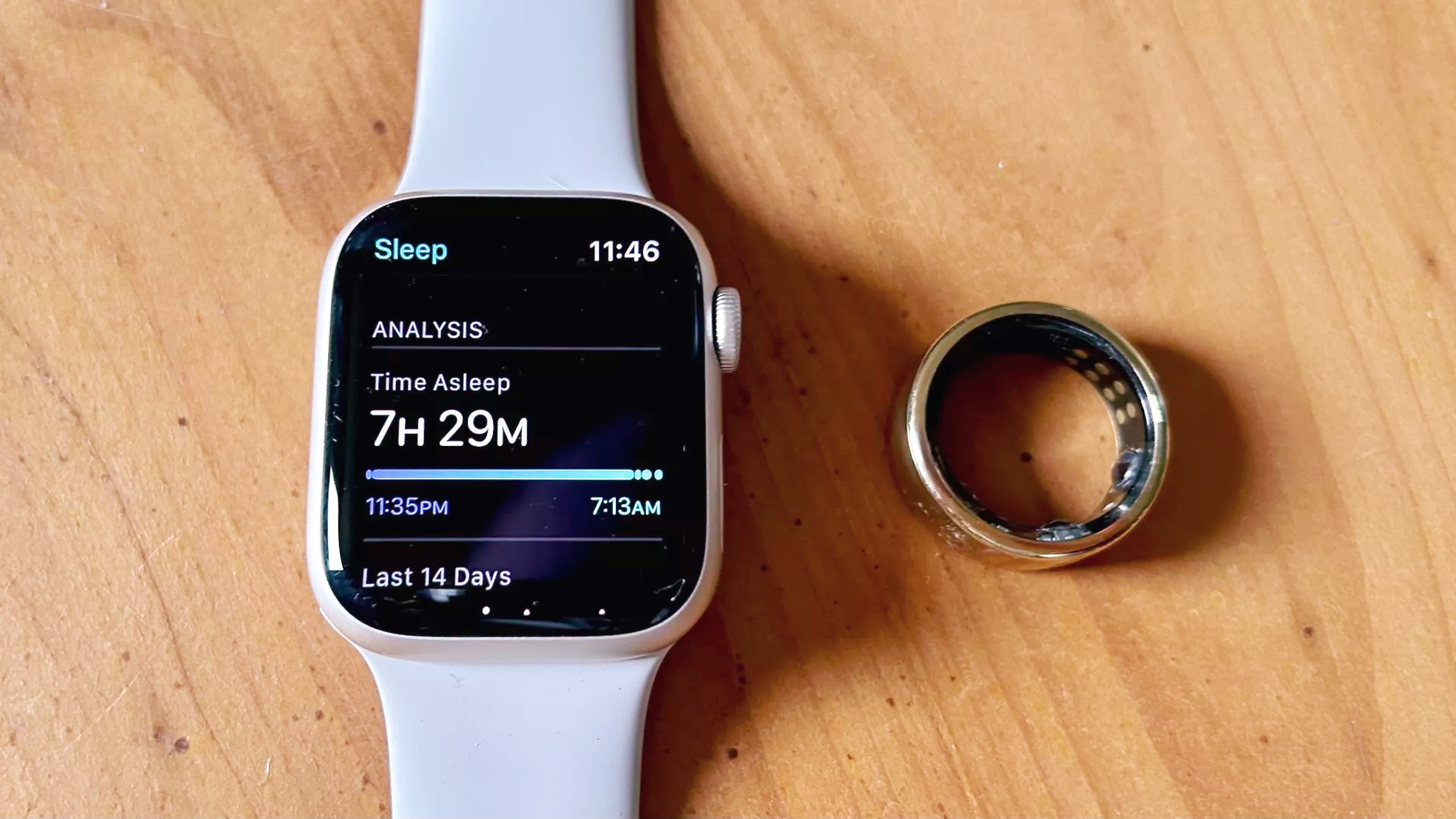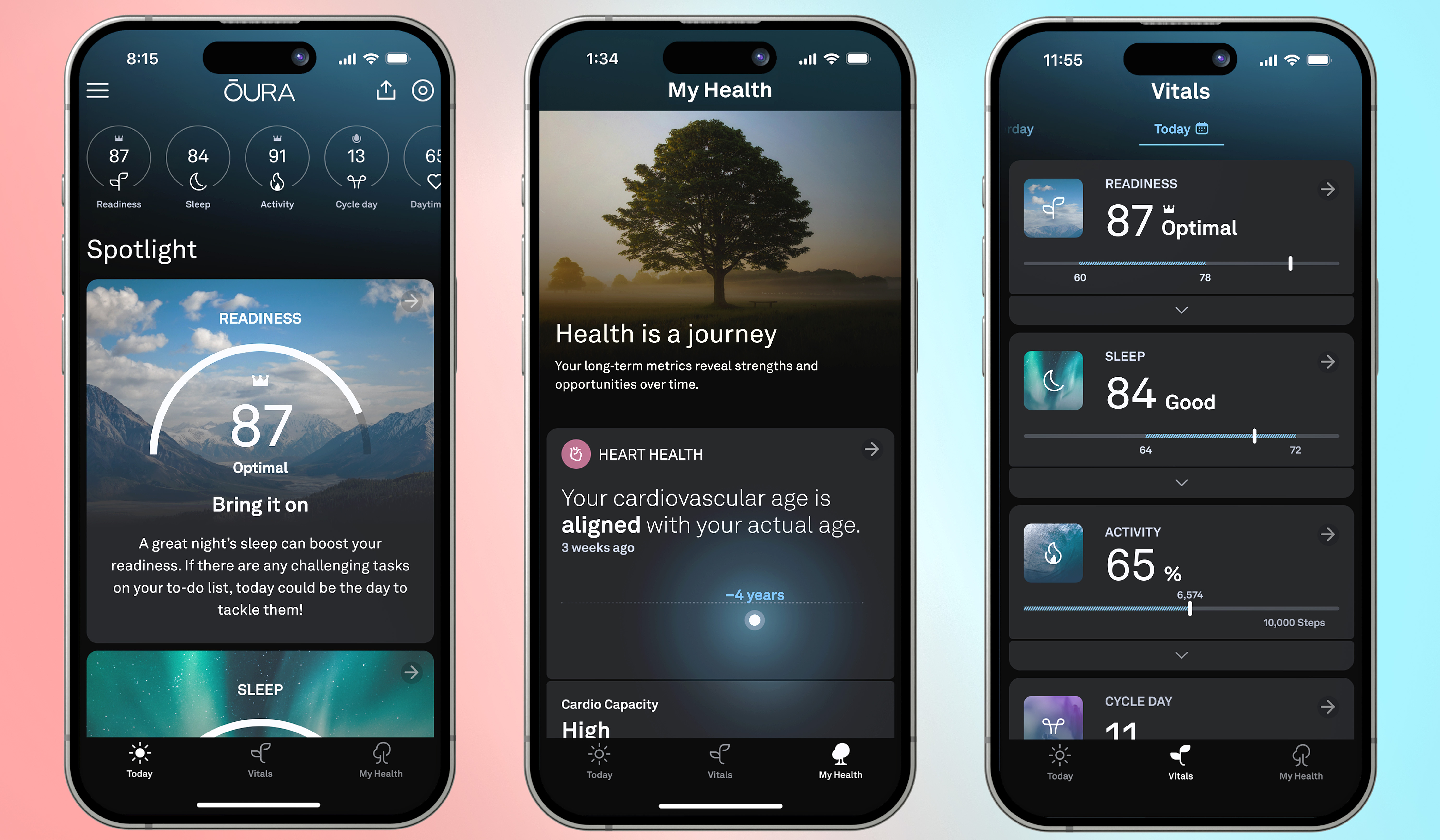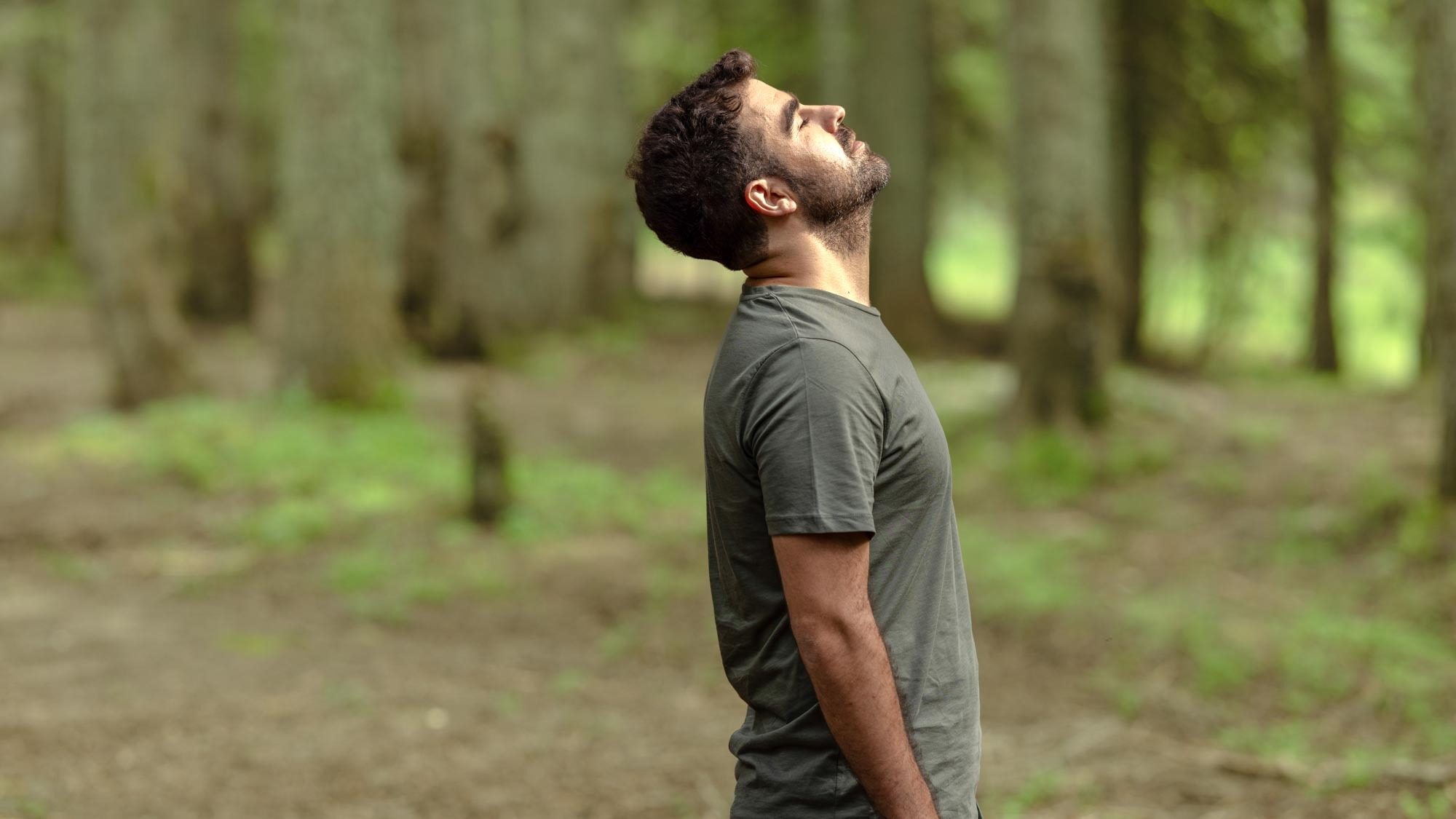
I rated the Oura Ring my favorite smart gadget of 2023, and the smart ring tops the charts again for me as 2024 draws to a close.
While key competitors like Samsung unveiled the Galaxy Ring, the Ultrahuman Ring Air also became a big hitter and the competition for the best smart ring continues to heat up. However, Oura’s hardly been a sitting duck this year. In fact, the brand has been pretty busy.
Oura launched the highly anticipated Oura Ring 4 this October; the app got a major upgrade; and a brand new Oura app feature has been spun out right in time for the holiday season.
Oura’s unique perspective on health, sleep and holistic well-being (not just becoming another fitness tracker) has catapulted the brand ahead of the competition to date. And the holidays are the perfect time to discover Oura’s wealth of features, old and new. Here are three ways I’m using my Oura Ring 3 during the holidays this year to hit rest and reset on physical and mental health.
1. Symptom Radar
The holidays can be busy and stressful, so although prioritizing your physical and mental health is paramount, it often becomes a last priority.
As of December 5, 2024, members get access to a game-changing health feature called Symptom Radar — the first beta-tested feature to make it from Oura Labs to the app. If you’re unfamiliar, Labs allows members to test features and provide feedback; successful features are re-modeled and released as permanent additions to ring 3 and 4 wearers.
Symptom Radar assesses your biometric data (in-app) every morning for early signs of strain, including common cold or flu symptoms. Armed with these telltale markers ahead of time, Oura aims to help you proactively take action for your health.
The feature also helps you monitor which biomarkers have changed and what it means, and Oura will ping you with “severity levels”: no signs, minor signs and major signs. You can track data and potential trends as the days unfold using your history graph, plus Oura provides the biometrics that contributed to your score.
If you’re getting that subtle scratchy feeling in the back of your throat, it could be time to check out Symptom Radar. The feature sits in the Today tab of your app for your latest feedback.
2. Rest Mode

The Tom’s Guide fitness team believes building mental strength is just as important as building physical strength. As we draw closer to the holidays, taking your foot off the gas isn’t always easy, especially with wearables pinging out reminders to close fitness rings or hit step counts.
Oura’s got a neat solution to that. Toggling to Rest Mode signals Oura that you want to focus on recovery during stressful times like jetlag, sickness or poor sleep. Or maybe you just need a break.
Oura can let you know when your body is in a stress state (more on that later), which can help you decide whether or not to toggle on Rest Mode in the Oura app. To do so, simply tap the three bars in the top left of your app and select Rest Mode from the menu.
Once active, activity goals, scores and “related contributors” are paused. Instead, your Readiness Score will highlight recovery-based metrics. You can switch back at any time, and scores will gradually return to normal. Don't worry, you won't be smacked in the face with data straight away.

3. Explore: Breathwork and meditation
Forget YouTube, if you’re feeling overwhelmed or stressed, the Explore tab is the place to be. This feature still exists, but the app upgrade moved it to the drop-down menu on the left — where Rest Mode also lives.
You can choose to meditate, breathe, or listen to stories, and exercises range from just a few minutes to 30. There are also categories such as Awaken, Reset, Unwind, Focus, or Relax. But don’t worry, breathing exercises don’t need to be extensive or performed in a dark room with your eyes closed and incense sticks burning.
You could just plug in a pair of the best headphones and prioritize two minutes during your morning commute or between meetings; we’ve put together some additional breathing exercises for beginners if you’d like to incorporate those, too.
My favorite Oura breathing exercises are the body scans, which help me step back into my body when I’m feeling super stressed out. And when I toggle on Rest Mode, Oura even recommends meditations for me.
Ironically, there’s a lot of noise surrounding the benefits of meditation and breathwork for your health. But, discerning between fact and fiction, ever-growing bodies of research do tell us that even a few minutes can reduce anxiety, boost mood and mental clarity and improve sleep quality.
Although the effects can be instantaneous for many (these techniques take the nervous system from the sympathetic fight-or-flight mode to the calm, rest and repair of the parasympathetic nervous system) long-term practice yields the best results for most.

It turns out that you can’t physically hide from the impacts of stress, either. Oura’s Daytime Stress feature launched in October 2023 and gives members insights into their stress levels throughout the day, refreshing in-app every 15 minutes two hours after waking.
The remarkable feature uses biometrics like night-time heart rate variability (HRV) and body temperature to detect stress in the body, providing feedback in categories: restored, relaxed, engaged and stressed.
It’s worth noting that “healthy” stressors like high-intensity exercise can also soar you into stressed mode due to spikes in cortisol, so remember to always contextualize this feedback around your unique lifestyle.
That said, I’ve used my Oura Ring to manage stress over time and found it extremely helpful. Plus, the Oura Reflections tool (a personal journal) and Stress Resilience tool (for mapping and improving stress) can help you delve into trends, causes and solutions. Here’s everything you need to know about these Oura Ring features.
Bottom line
A “Stress in America” report published by the American Psychological Association found adults aged 35 to 44 experienced “the highest increase in mental health diagnoses” from 31% in 2019 to 45% in 2023. Adults aged between 18-34 show the “highest rate of mental illnesses” at a whopping 50% in 2023. And those are just some of the alarming stats the report found.
If you needed a sign — this is yours. So take a hot minute to check-in. Although Oura doesn’t claim to prescribe, diagnose or cure, these features could help you contextualize whatever your body is throwing up physically or mentally and find potential ways to manage it or escalate findings to a qualified healthcare provider.
I’ve been using my Oura Ring 3 for three years, and these features are becoming the most useful tools I own for managing my health. If you’re totally new to the Oura Ring or you’ve just invested in one, here’s what happened when we wore an Oura Ring for an entire year, including likes and dislikes and what to watch out for.







